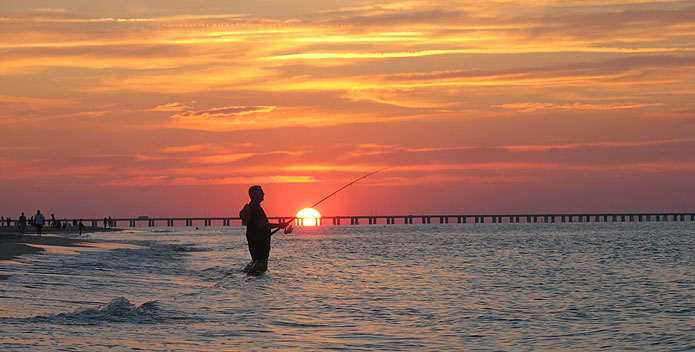In 2010, the federal Environmental Protection Agency (EPA) set pollution limits (officially called the Total Maximum Daily Load, or TMDL) that would restore water quality in local rivers, streams, and the Chesapeake Bay by 2025, with an additional goal of having practices in place by 2017 to achieve 60 percent of those water quality improvements.
Each state in the Bay watershed agreed to develop its own plans—called Watershed Implementation Plans (WIPs)—to ensure practices are put in place to achieve those goals. (See the Chesapeake Bay Program article, "Why should you care about a Watershed Implementation Plan?") In addition to, the states made two-year milestone commitments to take specific actions to ensure progress is being made. These milestones enable the states and EPA to identify shortcomings and take corrective action before the deadlines are reached. This collaborative effort between the states and EPA is referred to as the Chesapeake Bay Clean Water Blueprint.
Click on a link for more information about that state's Watershed Implementation Plan and current progress.
MD | PA | VA
The following pages are off CBF's website: DC | DE | NY | WV



